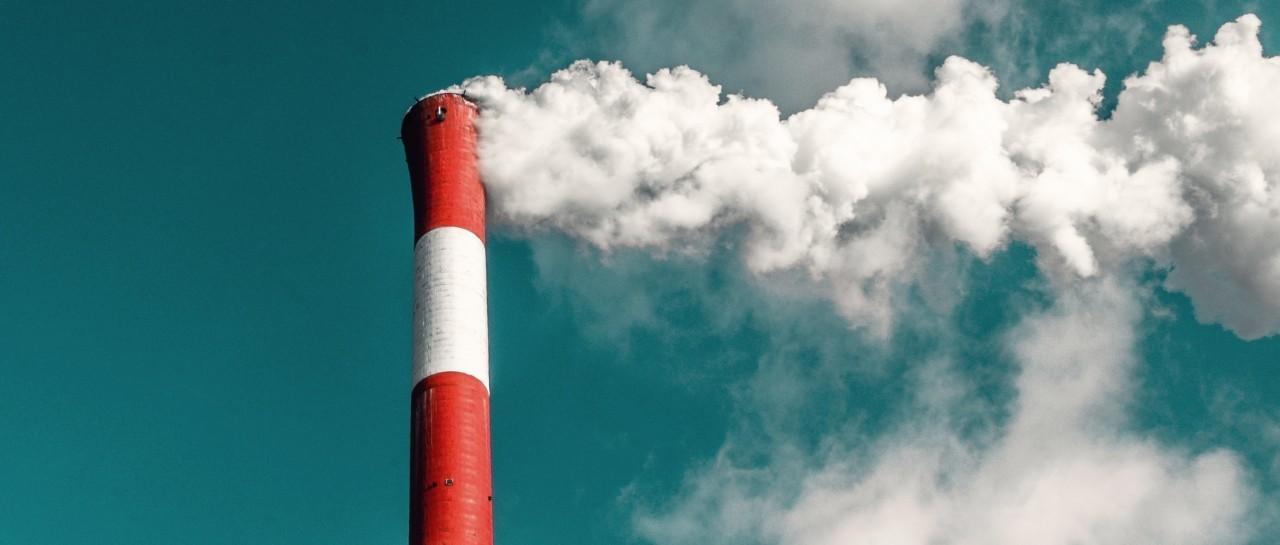
Air pollution blamed for a third of new asthma cases in Europe
Peer reviewed by Natalie HealeyLast updated by Milly EvansLast updated 8 Aug 2019
Meets Patient’s editorial guidelines
- DownloadDownload
- Share
- Language
- Discussion
A third of new cases of asthma in Europe could be attributed to air pollution, suggests a study.
The research, published in the European Respiratory Journal, found that up to 11% of new childhood asthma cases could be prevented every year if European countries complied with the World Health Organisation (WHO) air quality guidelines. If they were able to reduce the pollution levels to the lowest recorded in previous studies, the proportion of preventable new cases could be as high as 33%.
Asthma is a common condition which affects airways. It can cause wheezing, coughing, chest tightness and shortness of breath, ranging from mild to severe. In some cases, asthma attacks can be fatal.
The study, led by the Barcelona Institute for Global Health, estimated the European burden of childhood asthma using census data from the Global Burden of Disease (BGD) database, coming to a figure of 63.4 million children in 18 European countries.
Researchers looked into how many cases each of three pollutants may have caused. 33% of new cases were attributable to PM2.5 (atmospheric particulate matter that is less than 2.5 micrometers in diameter), 23% to nitrogen dioxide and 15% to black carbon (BC).
66,000 childhood asthma cases (11%) could be prevented each year if the countries studied complied with the WHO guideline for PM2.5. Reduced levels of nitrogen dioxide could prevent 2,400 childhood asthma cases. On the back of this, the researchers suggest that emphasis should be placed on reducing levels of PM2.5 to the WHO recommendations.
“The analysis showed that, while meeting the WHO recommendations for PM2.5 would imply a significant reduction in the percentage of annual childhood asthma cases, that is not the case with NO2, where 0.4% of the cases would be prevented. Therefore, our estimations show that the current NO2 WHO air quality guideline value seems to provide much less protection than the PM2.5 guideline. We suggest that these values require update and lowering to be better suited in protecting children’s health,” explained David Rojas-Rueda, Barcelona Institute for Global Health scientists who led the study.
If pollution levels were reduced even further and met the lowest levels of PM2.5 recorded by previous studies, over 190,000 cases, or 33% could be prevented annually. If the same was done for nitrogen dioxide and black carbon, 135,000 (23%) and 89,000 (15%) of cases could be prevented. These figures are in line with previous estimates by other studies.
Lead author of the study, Haneen Khreis, an associated researcher at the Center for Advancing Research in Transportation Emissions, Energy and Health at the Texas A&M Transportation Institute named the findings “a call for urgent action”.
"Largely, these impacts are preventable and there are numerous policy measures which can reduce the ambient levels of, and children’s exposures to, outdoor air pollution. We can and should do something about it.”
This study was published in the European Respiratory Journal.
Patient picks for Pollution

General health and lifestyle
UK water quality part 2 – water pollution
In April 2024, water sports clubs united to form the Clean Water Alliance, in response to the UK water pollution crisis. In part 2 of our UK water quality series, we examine the major water pollution concerns. How are sewage, medicines, microplastics, industrial chemicals, and recreational drugs seeping into our water sources? And what is the threat to public health?
by Amberley Davis

General health and lifestyle
Why is air pollution so dangerous for your lungs?
It goes without saying that the best way to keep your lungs healthy is not to smoke cigarettes - and it's never too late to quit. But the relentless rise of cars and other fossil fuel-burning machines means that our lungs are also under threat from pollution. How can you protect your lungs when just breathing could be harming your health?
by Lynn Stephen
Continue reading below
Article history
The information on this page is peer reviewed by qualified clinicians.
8 Aug 2019 | Latest version
8 Aug 2019 | Originally published

Ask, share, connect.
Browse discussions, ask questions, and share experiences across hundreds of health topics.

Feeling unwell?
Assess your symptoms online for free